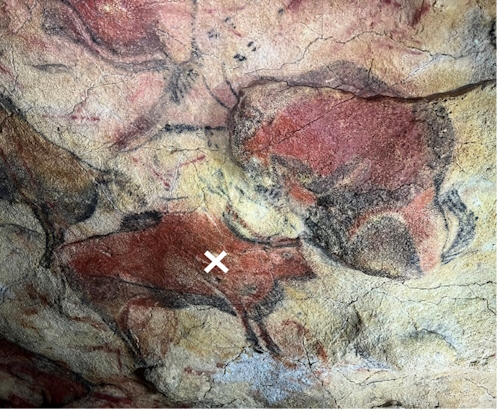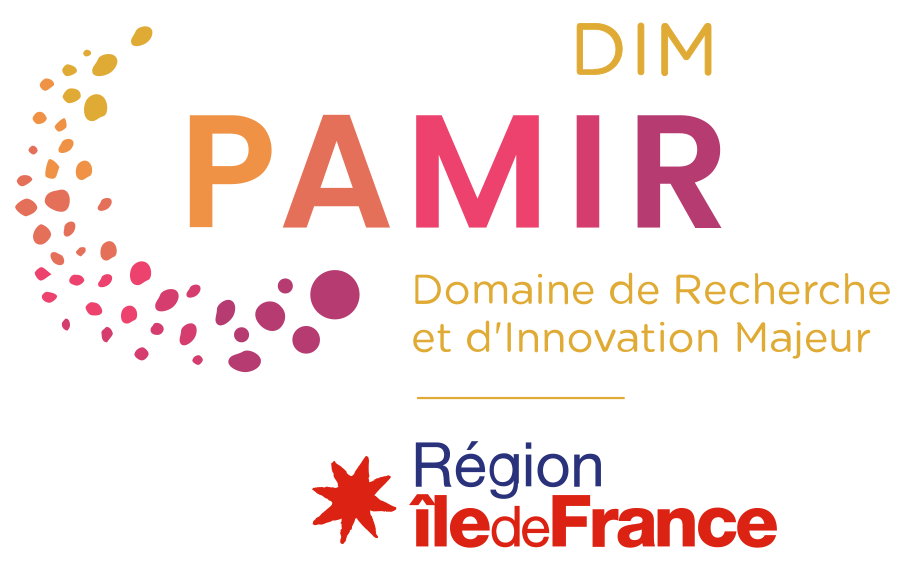
TraceRockArt
Traces of the deep past: Non-invasive spectral analysis of vulnerable French and Australian rock art pigments
Scientific responsibility :
- Ina Reiche
- Katharina Müller
- Sebastian Schöder
- Kadda Medjoubi
Methodological axes :
Thematic fields :
Disciplinary sectors :
Partnership :
Collaborations
- José Tapia, CNR Catania Italy
- Emilie Chalmin, Hélène Salomon, Jean-Jacques DelannoyEDYTEM (CNRS, Université Savoie Mont- Blanc)
- Pablo Arias, Université de Santander
Funding :
- DIM PAMIR
- Australian Synchrotron International – Synchrotron Access Program
Project ID : IDF-DIM-PAMIR-2025-3-002
Summary :
Rock art is a universal form of human expression around the world, and one of the earliest forms of symbolic behavior going back into deep human history. Rock art continues to be one of the most significant forms of archaeology, due to the universality of the pigments used to express various cultural perspectives. In many parts of the world including France and Australia, rock art is a means to understand our collective history, gaining knowledge into the present and identifying key research questions for the future, including cultural interpretation and scientific analysis. Maintaining and preserving such prehistoric cultural heritage is even more essential and challenging, given the vulnerability of rock art to climate change -including bushfires and flooding- and other catastrophic events, as well as human effects. In many archaeological sites, only traces of such pigments remain, making these areas even more vulnerable to complete obliteration and possible total loss of cultural connection. Therefore, appropriate analytical methods for the study of vulnerable rock art pigments require non-invasive approaches to further protect them. Rock art pigments are complex layers of pigment and binders often applied in layers over time, and in some cases in remote locations. Therefore, any analytical approaches need to be sensitive, rugged, and portable or only require very small sampling volumes. A key outcome of the project will be a thorough assessment and review of current non-invasive analysis techniques for the study of vulnerable trace rock art pigments. These outcomes will form the basis for a key review of the scientific status of approaches to trace amounts of pigments on rock art site and the development of appropriate scientific methods. A fundamental aspect of this project is enhancing interdisciplinary partnerships with traditional owners, archaeologists, scientists, early career researchers and students, collaborating on joint research questions. This crucial collaboration is the first to examine the important role that these traces can inform on scientific analysis, cultural interpretation, and shared cultural expression of rock art.
Visiting scientist : Prof. Dr. Rachel Popelka-Filcoff
Legend: Bison with studied drip point sample ALT19 from Techo de los Polícromos (Polychrome Ceiling) of Altamira cave

